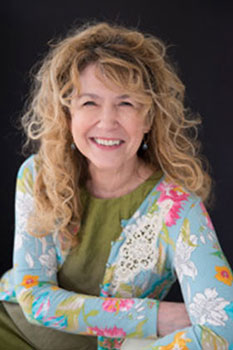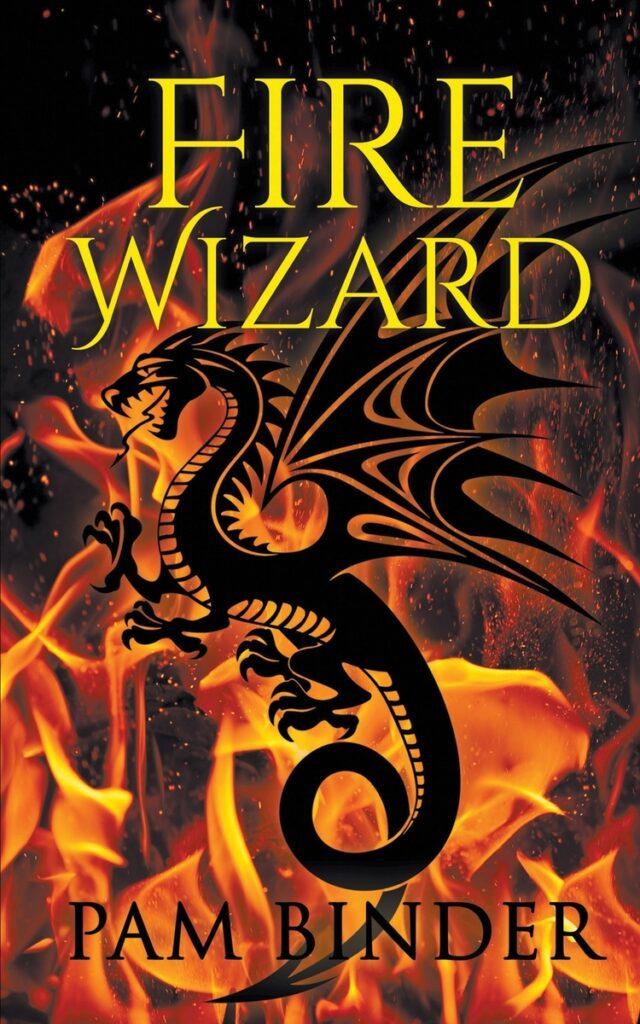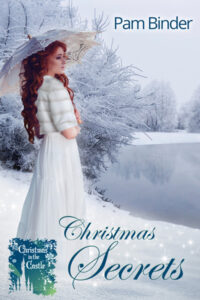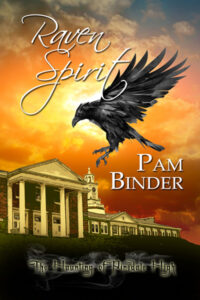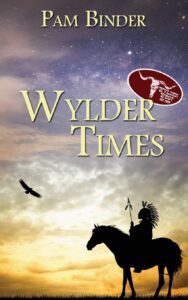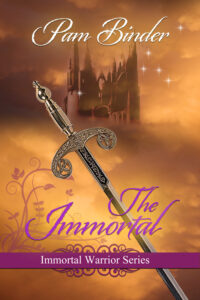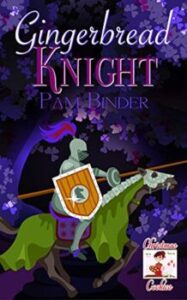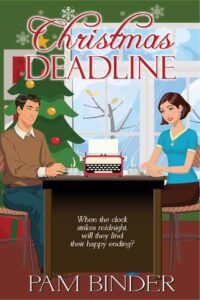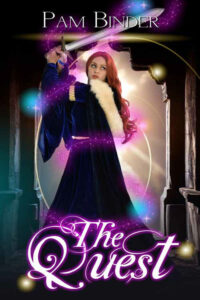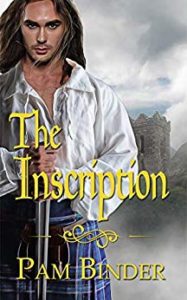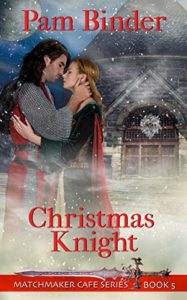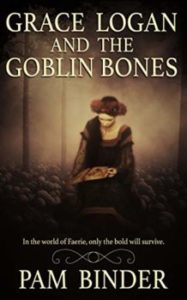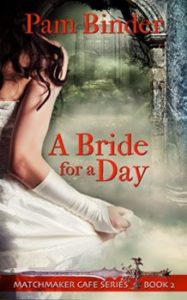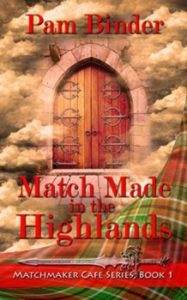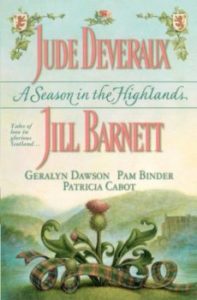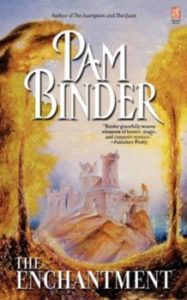Workshops
Pam Binder is available to present workshops on the following topics. Please contact her regarding scheduling.
- Write Your Story: 8 Week Series
Pam Binder’s 8-week course will concentrate on how to develop your plot, the key scenes needed in the first third of your novel, the importance of a strong point of view, how to develop your characters, and write with emotion. Pam will also discuss how to write a synopsis, query letter, loglines, and blurbs, as well as how to prepare your manuscript for entry into writing contests and develop a book proposal. In addition to writing lectures and writing exercises, Pam offers consultation time and weekly scene reviews. - Using Myths, Legends, and Fairy Tales in Fiction.
Learn how to use the resource of myths, legends and fairy tales in your writing as well as learn the eight steps needed to create your own myth that will enhance your story and the world building of your novel. - Your Cast of Characters
It is a mistake to copy life directly onto the page. Characterization is the sum of all the qualities, a combination that makes the character unique, physical appearance, mannerisms, style of speech and gesture. True character waits behind the mask. Learn how to uncover your characters in this workshop with Pam Binder - The Eight Essentials of Great Dialogue
Every Dialogue exchange in your novel must be intentional. You need to know why you’re writing it. Learn the eight essential keys to writing great dialogue that can take your novel to the next level. - Theme
Everyone novel must have a theme. But what is theme, how do you create one, and how do you weave it throughout your novel? Pam Binder takes you on a journey with writing exercise to discover the theme in your novel that was there all along. - How to Express Your Character’s Motivation: Or how to show not tell what your character is feeling.
This workshop will explore how the author can learn their character’s motivation and how to express those motivations in a realistic way that pulls the reader into the story. - How to Plot Your Novel in Six Scenes
Each Key scene will be explained with lecture and using exampled from books and movies. After the attendees are comfortable that they understand the elements of a key scene, there will be a prompt for a short writing exercise. - Your Setting as Character
Stephen King tells us that setting is what makes the reader a sensory participant in the story. Description begins with visualization of what it is you want the reader to experience. It ends with your translating what you use in your mind into words on the page. Setting is where your story takes place. Description is how you bring it and the characters who populate it to life. Learn how to translate the story you’ve visualized in your mind into a living, breathing world on the page.
